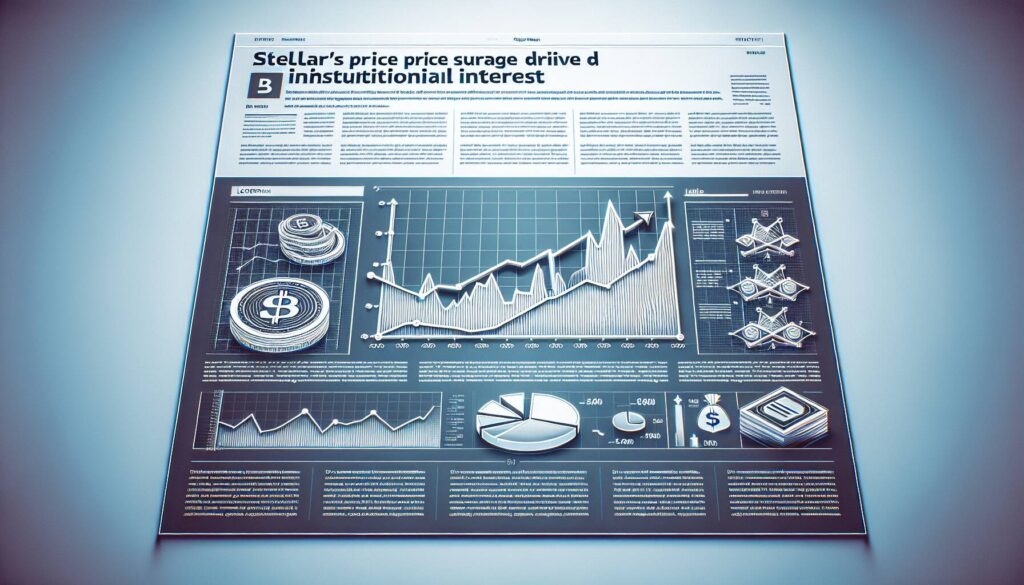XRP experienced significant fluctuations in its trading price during the window of August 25-26, with a notable decrease from $3.01 to $2.91, marking a 3.2% loss. The sharpest decline was attributed to a wave of institutional liquidation that occurred between 19:00 and 20:00 GMT, during which trading volumes surged to three times their average. Despite attempts to rebound later in the trading session, XRP struggled to maintain its footing, leaving investors cautious about the token’s future performance.
Throughout August, XRP has displayed heightened volatility, frequently failing to sustain levels above $3.00. Influences from whale wallets and institutional movements have been pivotal in driving rapid price changes, impacting retail investors. Meanwhile, broader cryptocurrency markets showed steadier gains, positioning XRP as a laggard amid ongoing regulatory scrutiny in the United States.
Crypto exchange Gemini, established by the Winklevoss twins, has partnered with Ripple to introduce a specialized XRP credit card, which offers enticing rewards. Users can earn up to 4% cashback in XRP on specific purchases such as fuel and rideshare services, 3% on dining, and 2% on groceries. Additionally, Gemini is negotiating with select merchants to provide up to 10% back on eligible transactions.
In terms of price action, XRP declined 3.24% within 24 hours, hovering in a fluctuating range of $0.28, showcasing a volatility rate of 9%. The most significant selling activity occurred just before the end of the hour as XRP slipped from $2.96 to $2.84 on substantial trading volume. However, a slight recovery in the last trading hour saw the token rise from $2.89 to $2.91, influenced by brisk institutional buying.
Traders are closely monitoring resistance levels around $2.96 and support between $2.84 and $2.86, which aligns with the 20-day moving average. Current momentum indicators like the RSI have shown signs of stabilizing, suggesting potential recovery. Many market participants are looking for a sustained trading position above $2.90 to signal a possible approach to the $3.20-$3.30 range. Conversely, a drop below $2.84 could trigger a swift pullback toward the $2.80 support threshold.
In the current landscape, bulls are eyeing a target of $3.70 should downward pressure alleviate and trading volumes normalize. Meanwhile, bearish traders are highlighting $2.80 as a critical level that could signal deeper losses if broken. The dynamics of institutional participation in this price zone will play a crucial role in determining XRP’s next trajectory.

XRP Trading Analysis and Market Insights
Key points from the recent XRP trading situation include the following:
- Recent Price Movements:
- XRP experienced a decline of 3.24%, dropping from $3.01 to $2.91.
- Market volatility reached 9% within a $0.28 range.
- Significant selling pressure occurred during the 19:00–20:00 GMT period.
- Institutional Influence:
- Institutional liquidations contributed substantially to the price drop.
- Institutional flows averaged 641,000 per minute during late trading hours.
- Continued support from large players around $2.89–$2.90 is crucial for future price stability.
- Technical Analysis Indicators:
- Resistance confirmed at $2.96; support between $2.84 and $2.86.
- RSI showed recovery, suggesting a potential stabilization in momentum.
- MACD histogram indicates a possible bullish crossover.
- Market Sentiment:
- Broader crypto market remains more stable compared to XRP amid regulatory concerns.
- Whales and institutions are shaping short-term price movements, influencing retail traders.
- Traders are watchful of the bulls targeting $3.70 versus bears looking at $2.80 breakdown levels.
- XRP Credit Card Initiative:
- Gemini partnered with Ripple to launch an XRP credit card offering cashback on various purchases.
- The card includes cashback incentives, enhancing the utility and adoption of XRP.
- Partnership with select merchants may further drive XRP’s mainstream appeal.
Understanding these dynamics can significantly impact investor decisions and strategies when trading XRP, especially in the current volatile market environment.
Analyzing XRP’s Market Dynamics Amidst Institutional Moves
The cryptocurrency landscape is witnessing intense action, with XRP showcasing notable volatility recently, particularly over the August 25–26 trading period. This activity highlights how it’s navigating a challenging environment marked by institutional behaviors and regulatory scrutiny, contrasting sharply with more stable performers within the market.
Competitive Advantages: The recent partnership between Ripple and Gemini to launch an XRP credit card represents a strategic move that could bolster XRP’s appeal. By offering cashback in XRP for various purchases, this initiative taps into everyday consumer spending, potentially increasing XRP’s adoption and utility. Furthermore, the quick rebound in price towards the end of the trading session suggests a resilient buyer interest around support levels, indicating a base of investors willing to step in, which serves as positive backing amid the volatile swings.
Disadvantages and Risks: However, XRP’s journey has been far from smooth. The pronounced sell-off during peak trading hours reflects underlying vulnerability, particularly as institutional liquidations amplify market swings. Unlike some of its competitors that have maintained steadier upward trajectories, XRP’s inability to consistently break above the $3.00 mark has made it an underperformer in the current crypto rally. Coupled with the regulatory overhang in the U.S., XRP’s path appears fraught with challenges that could deter retail investors seeking stability.
This situation might favor institutional traders who can manage the risks associated with such volatility, as their larger capital reserves may absorb short-term fluctuations effectively. Conversely, retail investors could find themselves at a disadvantage—especially if they enter during sharp downturns without the necessary risk management strategies, risking significant losses if the price fails to stabilize.
In this evolving landscape, keeping an eye on institutional buying patterns and support levels will be crucial for all traders. The outcome of these dynamics could determine whether XRP can eventually break its resistance and paint a more optimistic picture for its future in an ever-contesting market.

















